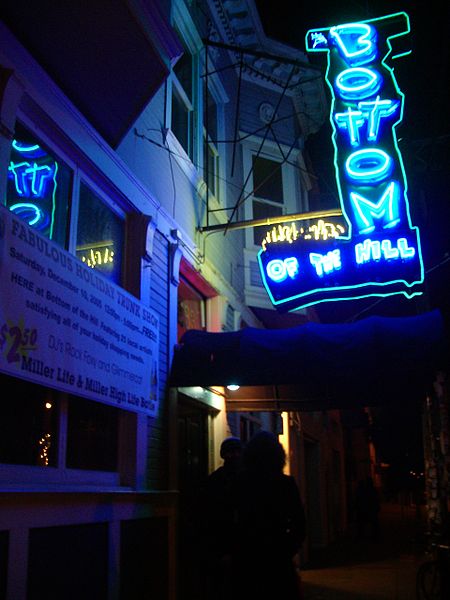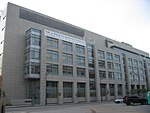Bottom of the Hill
Music venue stubsMusic venues in San FranciscoPotrero Hill, San Francisco

Bottom of the Hill is a concert venue located at the corner of 17th and Missouri streets in the Potrero Hill district of San Francisco, California According to Rolling Stone, the Bottom of the Hill is the best place to hear live music in San Francisco (RS 813). It has repeatedly won the Readers' Poll Best of The Bay award for Rock venue, including 10 years in a row from 2003 to 2012. Bottom is described as the heart of San Francisco's indie rock scene and is among the most active venues in the city, usually holding shows seven nights a week. The venue contains a large antique bar, kitchen serving hot food, and patio.
Excerpt from the Wikipedia article Bottom of the Hill (License: CC BY-SA 3.0, Authors, Images).Bottom of the Hill
17th Street, San Francisco
Geographical coordinates (GPS) Address Nearby Places Show on map
Geographical coordinates (GPS)
| Latitude | Longitude |
|---|---|
| N 37.76514 ° | E -122.39618 ° |
Address
17th Street
17th Street
94158 San Francisco
California, United States
Open on Google Maps




